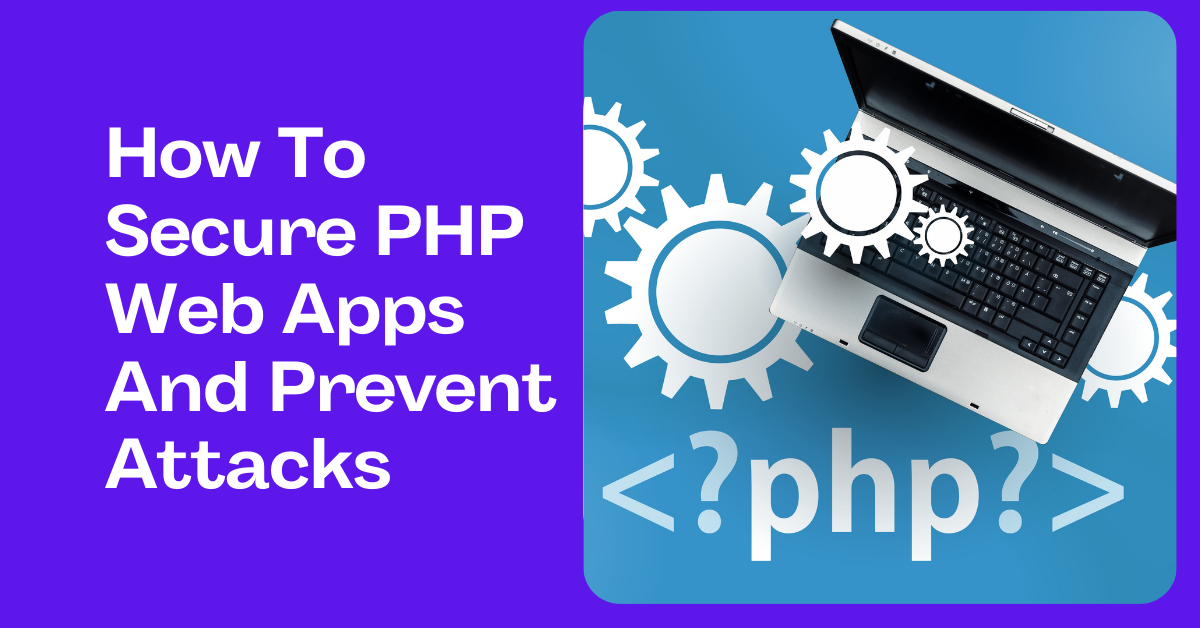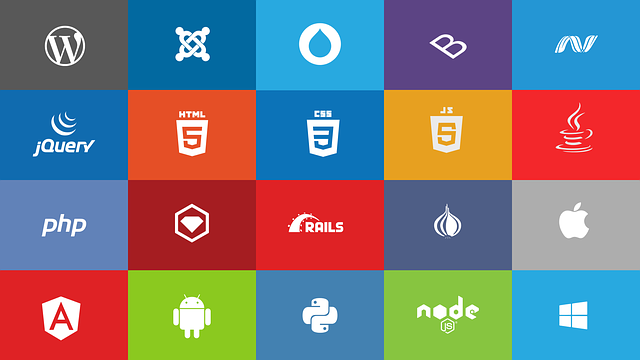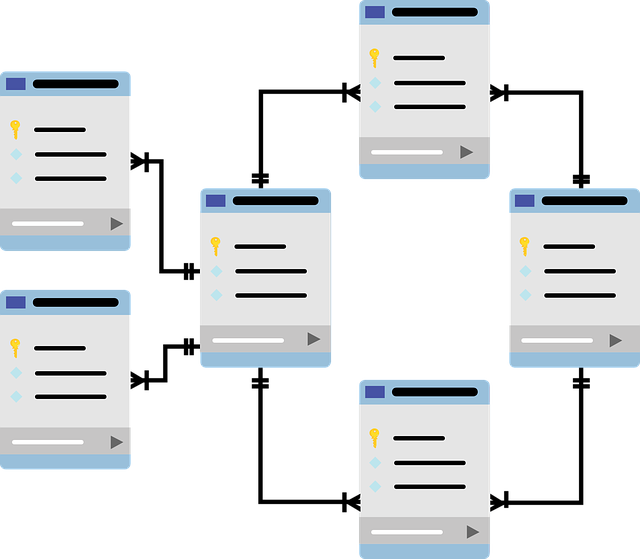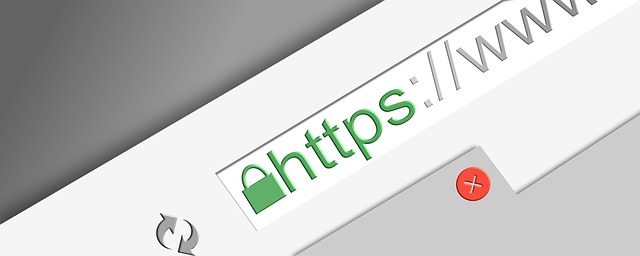This post will show you how to secure PHP web apps and prevent attacks. Also, I will reveal 7 PHP app security tips to save web apps from attacks.
PHP is a fast and nimble backend programming language. It drives over 80% of all worldwide online applications, making it one of the most widely used programming languages in web application development.
Its popularity and widespread use are due to simple PHP code structure and developer-friendly functionalities. That is why business owners are choosing to rely on PHP developers India wide for their web app functionality and security.
Several content management systems and frameworks are developed on top of PHP, and the community is regularly visited by thousands of well-known developers worldwide. WordPress is an excellent example of that.
When PHP applications are launched on live servers, they may encounter numerous hacking and web attack attempts, leaving their site’s data particularly exposed to theft. It is one of the most contentious issues in the community, and it involves designing genuinely secure web applications while still meeting all of the project’s primary objectives.
Despite their best efforts, developers constantly look for hidden flaws that go undiscovered during development. These flaws might jeopardize the security of critical site data on any web hosting provider for PHP MySQL applications, making them open to hacker efforts.
READ ALSO: Web Security Guide: Keeping Your Website Safe
Thus, this post will discuss several essential PHP security recommendations you may use in your applications. By following these simple guidelines, you can ensure that your application is consistently ranked highly.
Table of Contents
1. How Secure Is PHP?
PHP is just as secure as any other popular server-side programming language. With new PHP frameworks and tools introduced over the last several years, managing top-notch security is now easier than ever.
When we compare, PHP’s security is distributed equitably.
Rails, Java, Javascript, and other programming languages have all had flaws over the years compared to PHP scripts.
If you can find a language that has never been vulnerable, you can create utterly secure code in PHP, saving you from cross-site request forgery attacks.
1.1 Security Issues in PHP CMS
Popular content management systems (CMS) such as WordPress, Joomla, Magento, and Drupal are built on PHP, and according to Sucuri, the majority of PHP CMS vulnerabilities were discovered in 2017:
- WordPress security vulnerabilities increased from 74% in 2016 Q3 to 83% in 2017.
- Joomla security concerns decreased from 17% in the third quarter of 2016 to 13.1% in 2017.
- Magento security incidents increased slightly from 6% in Q3 2016 to 6.5% in 2017.
- Drupal security incidents decreased significantly from 2% in Q3 2016 to 1.6 % in 2017.
The current state is unsatisfactory, but due to open-source contributors working diligently to resolve issues, some dramatic advances in PHP have been seen recently.
2. Tips To Secure PHP Web Apps
2.1 Cross-Site Scripting (XSS)
Cross-site scripting (XSS) is one of the most hazardous external assaults since it is carried out by inserting malicious code or scripts into a web server.
It can have a detrimental effect on the basic functionality of your program since the hacker can inject any form of code into your application without your knowledge. This XSS attack is most prevalent on websites that accept and submit user data.
In an XSS attack, the injected code replaces the original code of your website yet acts as if it were actual code, causing site performance to suffer and frequently stealing data. The hackers circumvent your application’s access restriction, gaining access to your cookies, sessions, history, and other critical services.
You may defend against this attack by including HTML special characters and ENT QUOTES in your application’s source code. By removing single and double quote choices from ENT QUOTES, you can eliminate any risk of a cross-site scripting attack.
2.2 Update your PHP version regularly
PHP 7.4.8 is the stable release as of July 9, 2020. Updating your PHP version regularly is critical since newer versions frequently include patches for known security vulnerabilities. If you do not upgrade to the current stable edition of PHP, hackers can exploit known security hacks in previous releases.
Additionally, PHP allows you to test a preview release. This release is currently 8.0.0 Beta 2. Security advisers, on the other hand, warn businesses against testing preview versions since they may still include unforeseen security problems.
2.3 Hide Files from the Browser
If you’ve worked with PHP micro-frameworks, you’re probably familiar with the unique directory structure that assures optimal file placement.
Frameworks permit the inclusion of various files such as controllers, models, and configuration files (.yaml) in that directory, but the browser does not always process all of the files, even though they are visible in the browser.
To remedy this issue, you must move your files out of the root directory and into a public folder, where they will always be inaccessible to the browser.
2.4 Use prepared SQL statements
A typical error is to enter user input straight into an SQL query. This opens the door to SQL injection attacks, where the user may circumvent the intended SQL query and perform any query.
$users = mysql_query(“SELECT * FROM `users` WHERE `id`=’$_GET[id]'”);
The above code uses unsanitized user input directly into the SQL query.
This allows a hacker to circumvent the statement and inquire for further information, such as all users’ data. With a prepared statement, the data entered are escaped, eliminating the possibility of a SQL injection attack.
Consider the following example, which makes use of a prepared statement.
$stmt = $conn->
prepare(“INSERT INTO users (firstname, lastname) VALUES (?, ?)”);
$stmt->bind_param(“ss”, $firstname, $lastname);
Take note of the bind param function’s first parameter. This indicates the type of data that you are passing to the SQL query. The firstname and lastname inputs are both of type String in this case. This is an additional security precaution that verifies the input’s data type.
2.5 Always Use SSL Certificates
Always utilize SSL certificates in your applications to ensure end-to-end data transfer over the Internet.
It is a widely recognized standard protocol called Hypertext Transfer Protocol Secure (HTTPS) that is used to send data between servers securely. By utilizing an SSL certificate, your application gains access to a secure data transfer method, eliminating the possibility of hackers infiltrating your servers.
All major online browsers, including Google Chrome, Safari, Firefox, and Opera, advocate using an SSL certificate since it enables internet transmission, receipt, and decryption.
2.6 Deploy PHP Apps on Clouds
Hosting is the final and most critical phase in developing an online application since you always start with local PHP servers and migrate to live servers that offer shared, cloud, or dedicated hosting.
The results constantly advocate cloud hosting services such as DigitalOcean, Linode, and AWS. They are quick, secure, and suitable for any website or application. They always offer a secure layer to protect online applications from DDOS, brute force, and phishing assaults.
To deploy PHP applications on cloud servers, you must have strong Linux knowledge to develop robust web stacks such as LAMP or LEMP, frequently requiring additional time and money for Linux specialists.
Rather than that, Cloudways’ managed PHP and MySQL hosting platform enables you to easily install Thunderstack servers on the aforementioned cloud providers with a few clicks. Thunderstack protects your PHP application against various harmful threats and ensures optimal performance.
2.7 Session Hijacking
The term “session hijacking” refers to an attack in which the hacker takes your session ID to get access to the targeted account.
The hacker can confirm your session using that session ID by sending a request to the server, where a $_SESSION array verifies its uptime without your awareness. It can be carried out either via an XSS attack or by gaining access to the data that contains the session data.
Always connect your sessions to your actual IP address to avoid session hijacking. This approach enables you to invalidate sessions in the event of an unknown violation, alerting you quickly that someone is attempting to circumvent your session to get access control of the application.
Additionally, never disclose your ID under any circumstances, as this may jeopardize your identity in the future through another assault.
3. Conclusion
To be sure, PHP security best practices is a large subject. Developers from all around the world frequently create unique use cases for secure online applications.
Several firms conduct various bounty programs to identify security flaws and vulnerabilities in their apps and to compensate security professionals who identify significant flaws in the applications.
This post discusses fundamental PHP security concerns to help you learn how to protect your PHP projects from harmful assaults.
Feel free to share your ideas and security procedures in the discussion below.
INTERESTING POSTS
About the Author:
Gina Lynch is a VPN expert and online privacy advocate who stands for the right to online freedom. She is highly knowledgeable in the field of cybersecurity, with years of experience in researching and writing about the topic. Gina is a strong advocate of digital privacy and strives to educate the public on the importance of keeping their data secure and private. She has become a trusted expert in the field and continues to share her knowledge and advice to help others protect their online identities.
Daniel Segun is the Founder and CEO of SecureBlitz Cybersecurity Media, with a background in Computer Science and Digital Marketing. When not writing, he's probably busy designing graphics or developing websites.












